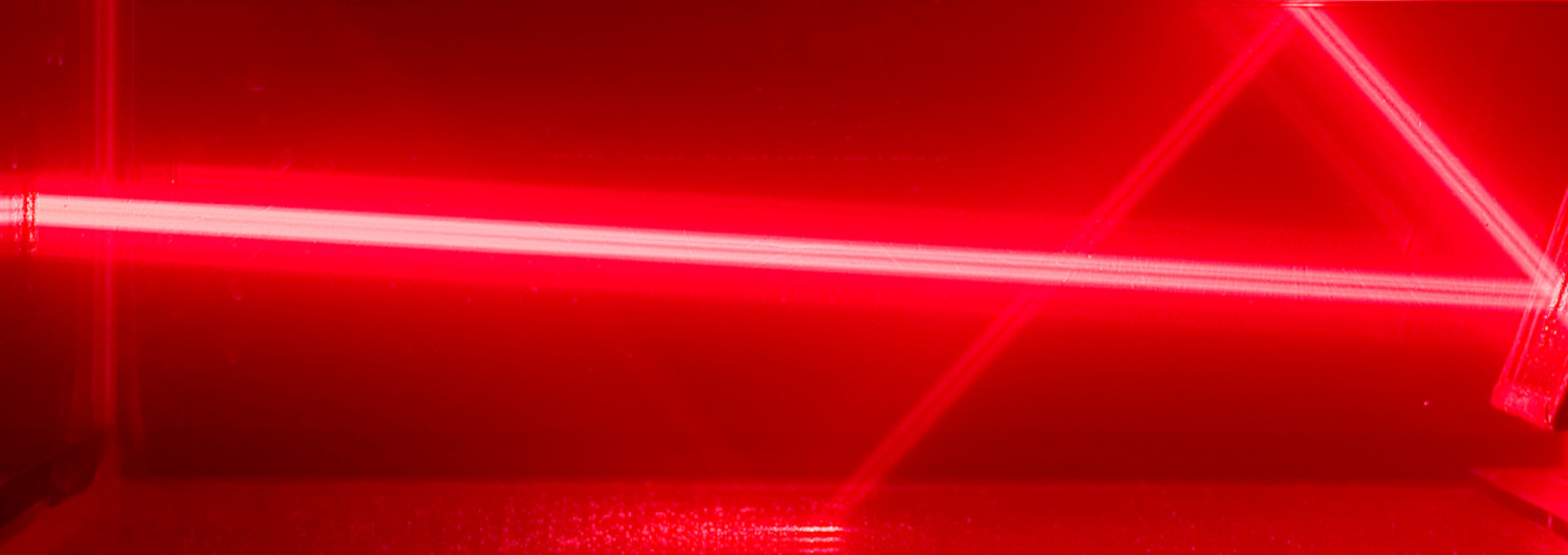


The comparisons of the calculated and observed spectra indicate that these transitions are characteristic of the plasma conditions immediately after the laser pulse when the krypton density is 2x1018 cm-3 and the electron temperature is in the range 2.8 keV to 3.2 keV. Based on computational simulations of the spectra using the FLYCHK/FLYSPEC codes, which included opacity effects, these additional features are identified to be inner-shell transitions from the Li-like through N-like krypton charge states. A number of additional spectral features were observed at energies lower than the helium-like n=1-3 and n=1-4 transitions. In the spectra recorded from krypton-filled gasbag and hohlraum targets, the helium-like K-shell transitions n=1-2, 1-3, and 1-4 appeared in the 13 keV to 17 keV energy range. The time-integrated spectral images were recorded on five CMOS x-ray detectors. The HENEX spectrometer utilizes four reflection crystals covering the 1 keV to 20 keV energy range and one quartz(10-11) transmission crystal (Lau geometry) covering the 11 keV to 40 keV range. High resolution x-ray spectra were recorded by the High Energy Electronic X-Ray (HENEX) spectrometer from a variety of targets irradiated by the Omega laser at the Laboratory for Laser Energetics.


 0 kommentar(er)
0 kommentar(er)
